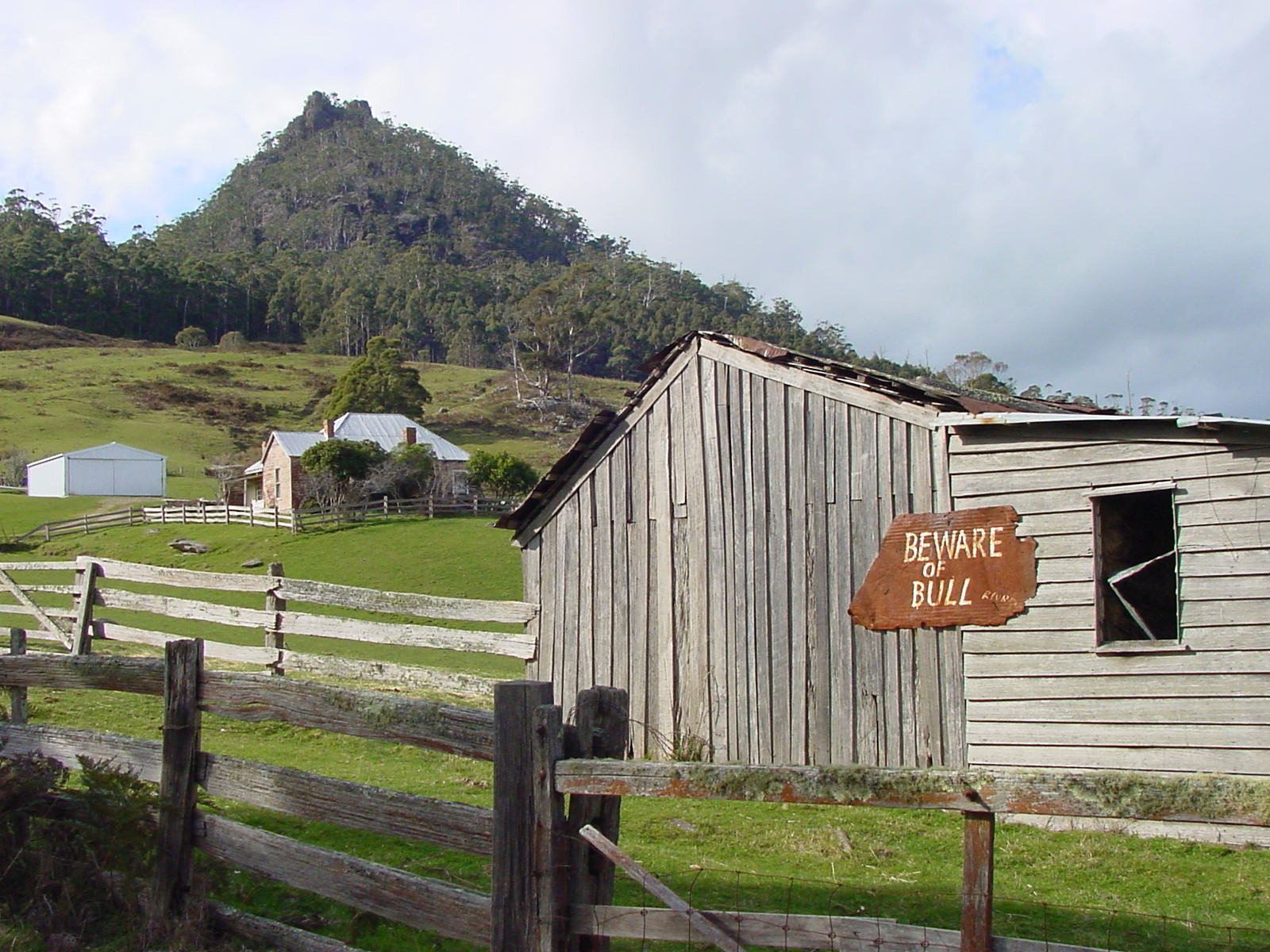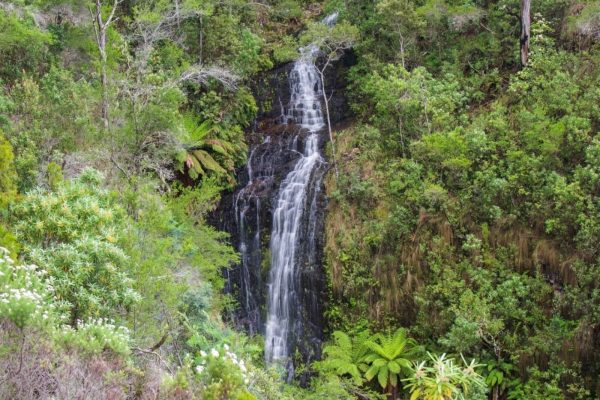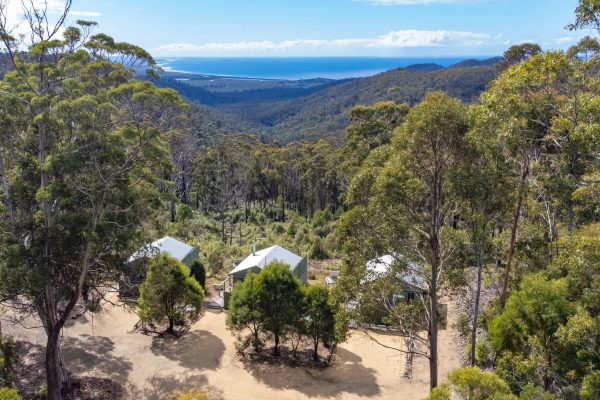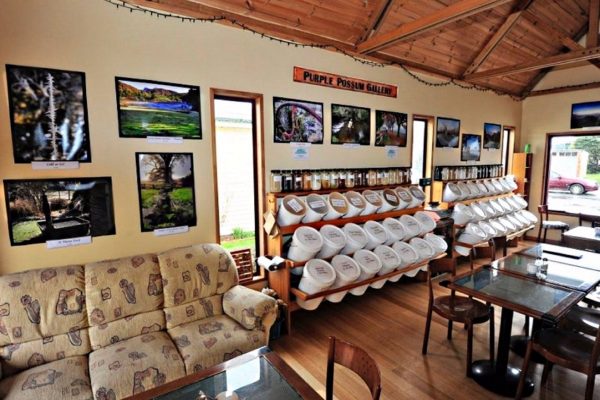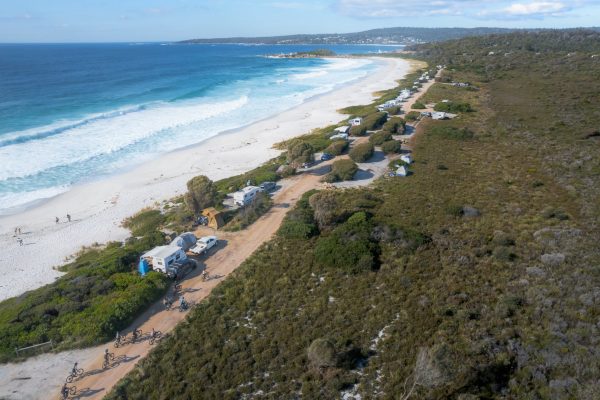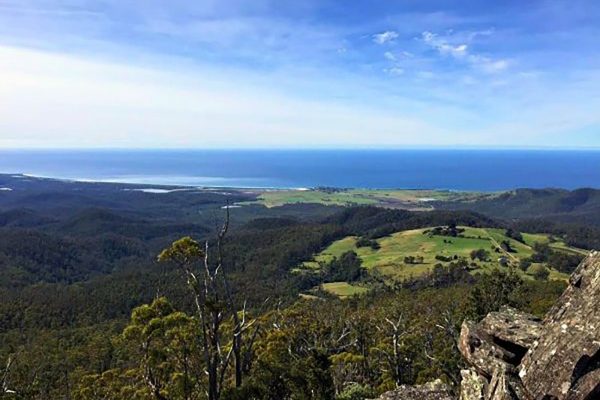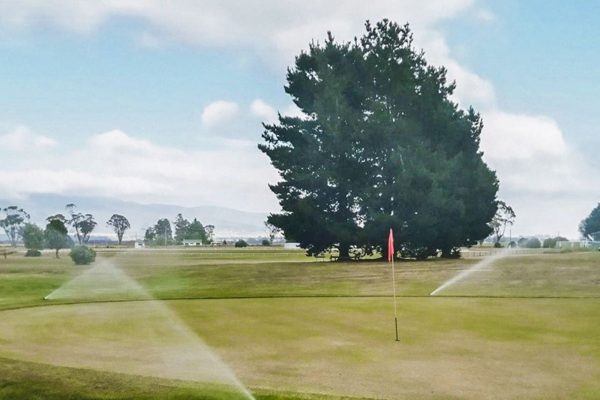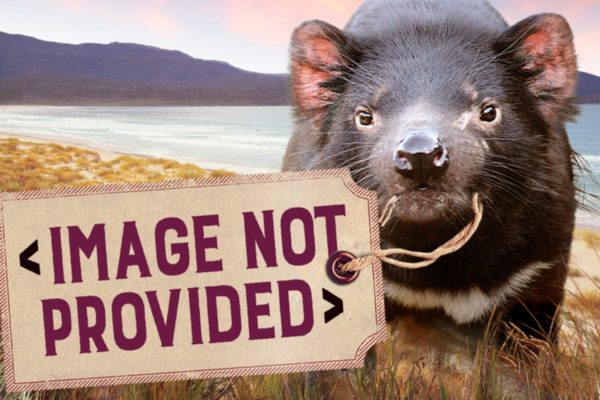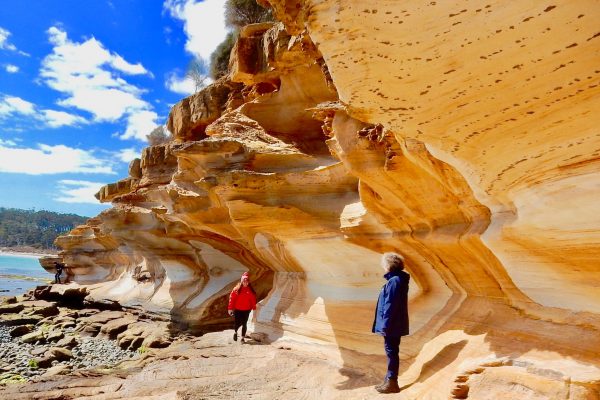The pretty town of St Marys at the head of the Fingal Valley is hedged with mountains, rainforests, rivers, waterfalls and fertile farmland. Take a drive inland to gain a different perspective on the East Coast and experience the town’s heritage streetscapes, mountain views and quirky shops, cafes and galleries.
Explore St Mary’s from your base in one of the town’s heritage or bed and breakfast accommodation houses (or alternatively, try free camping, bring your caravan or spend a few days in an eco lodge) and take some time to discover the town and the local area.
Try the easy walk at the top of St Mary Pass to Gray Mares Tail waterfall, or for a more challenging walk if you’re fit and have appropriate walking shoes, climb the rugged St Patrick’s Head for a 360° perspective of the valley and coast.
Back in town, lose time in St Mary’s cafes, shops and galleries, including the wonderfully eccentric Cranks and Tinkerers museum, and don’t miss the unique Purple Possum Cafe and Wholefoods store. You can also drive to nearby Cornwall to experience the Coalminers’ Heritage Wall and Heritage Walk, or cross the range on convict-built St Mary’s Pass for the 20-minute drive to Falmouth and its glistening white beach.
Getting there
St Marys is 3hrs and2 mins from Hobart and 1hr and 34 min from Launceston.
Must do’s
- Climb the challenging peaks at St Patricks Head, North & South Sisters
- Discover local rainforests, nature reserves and serene waterfalls
- See the Annual Vintage Car Show in June
- Enjoy the free camping and local hospitality
#stmarys
